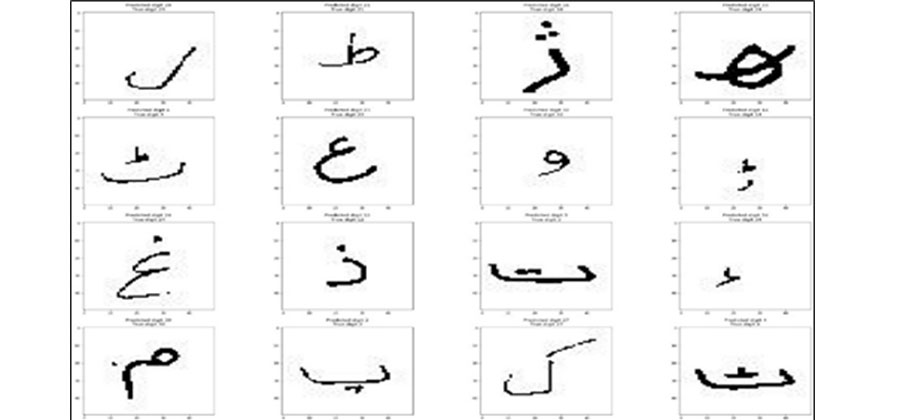


Indian Journal of Science and Technology
Year: 2020, Volume: 13, Issue: 17, Pages: 1746-1754
Original Article
M Ameen Chhajro1∗, Hadeeb Khan1 , Farrukh Khan1 , Kamlesh Kumar1 , Asif Ali Wagan1 , Sadaf Solangi2
1 Department of Computer Science, Sindh Madressatul Islam University, Karachi, Pakistan
2 Department of Computer Science and Technology, Nanjing University of Science and Technology, China
∗Corresponding author:
M Ameen Chhajro
Department of Computer Science, Sindh Madressatul Islam University, Karachi, Pakistan
Email: [email protected]
Received Date:02 April 2020, Accepted Date:08 May 2020, Published Date:12 June 2020
Objectives: This research presents a model for Urdu Handwritten Character Recognition via images using various Machine Learning and Deep Learning Techniques. The main objective of this research is to provide comparative study on Urdu Handwritten Characters from images dataset. Methods/Statistical analysis: In this research paper, Support Vector Machine (SVM), K-Nearest Neighbor (K-NN) algorithm, Multi-Layer Perceptron (MLP), Concurrent Neural Network (CNN), Recurrent Neural Network (RNN) and Random Forest Algorithm (RF) have been implemented in order to evaluate most suitable technique for Urdu Handwritten Characters Recognition via images. Findings: Ample amount of research work has been carried out on English Language but it is clearly shown through the conducted literature review that very lesser amount of work has been done on Urdu Handwritten Characters Recognition using images. Furthermore, It has been analyzed from this research that CNN models are most efficient compared to RF, SVM and MLP as to produce reliable results in terms of optimal accuracy. Therefore, using the CNN model is a viable choice to recognize Urdu handwritten characters from the images. And proposed study provides significant contribution in automatic learning of Urdu handwritten Characters.
Keywords: Urdu Handwritten Characters; Machine Learning; Deep Learning; Urdu Character Recognition
© 2020 Chhajro, Khan, Khan, Kumar, Wagan, Solangi. This is an open access article distributed under the terms of the Creative Commons Attribution License, which permits unrestricted use, distribution, and reproduction in any medium, provided the original author and source are credited.
Published By Indian Society for Education and Environment (iSee)
Subscribe now for latest articles and news.